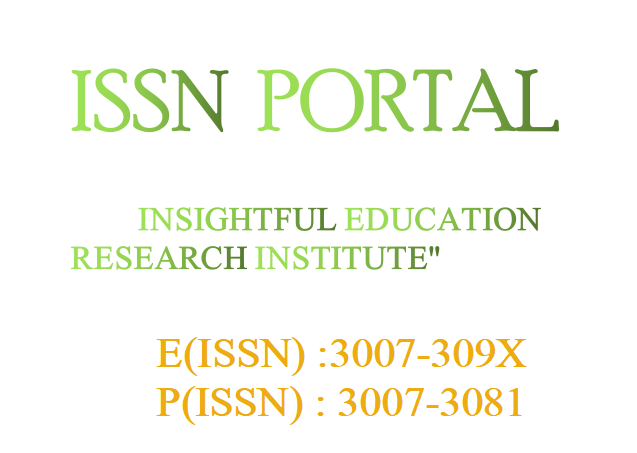EXTRACTION AND CHARACTERIZATION OF ALKALOIDS FROM TRADITIONAL MEDICINAL HERBS FOR ANTICANCER APPLICATION
DOI:
https://doi.org/10.62019/bva3he95Keywords:
Medicinal plants, alkaloid extraction, cytotoxicity, phytochemical analysis, anticancer activityAbstract
Cancer remains one of the prevailing health issues in the world, and the available treatment methods are usually constrained by intense adverse effects, medication intolerance, and exorbitant expenses. Although the anticancerous properties of plant-derived alkaloids have been proven to be quite considerable, a vast number of medicinal herbs known and utilized in folk medicine have not been thoroughly examined, thus, resulting in an unsustainable gap between ethnopharmacological and evidence-based verification. The present study was an attempt to fill this gap since alkaloid content and cytotoxic activity of three medicinal plants (Catharanthus roseus (Plant_A), Tinospora cordifolia (Plant_B), and Argemone mexicana (Plant_C)) were explored. The study inquiry was to (1) isolate and determine the total alkaloid content by acid-base methods, (2) profile and characterize phytochemicals through thin layer chromatography, Fourier transform infrared, and gas chromatography mass spectrometry, and (3) determine the anticancerous activity against the MCF-7 (breast), HeLa (cervical), and A549 (lungs) cancerous cell lines by using MTT assays. It was found that the alkaloid content of Plant_C was the highest (3.8| ward of the whole), then Plant_B (2.4 and Plant_A (1.2). The dose-dependency results performed in cytotoxicity testing proved the strongest activity of Plant_C (IC50 values of 13.03, 17.93, and 24.44 drinkg/mL at MCF-7, HeLa, and
A549, respectively). Statistical tests proved the presence of a remarkable difference in efficacy among extracts (p < 0.05, ANOVA), and a great negative correlation between the presence of alkaloids and the IC 50 values (Pearson r = -0.996 in HeLa). GC-MS established bioactive substances in the form of ajmalicine, berberine, and vinblastine-like alkaloids and FTIR spectrum revealed nitrogenous type of functional groups characteristic. This evidence gives a scientific justification to conventional usage of these plants in the treatment of cancer and points out Argemone mexicana as especially a potential source of new anticancer drugs. The study provides a contribution towards natural product drug discovery in that the results systematically relate the phytochemical composition as biological activity, providing potential future leads in the development in anticancer, and help to preserve ethnobotanical knowledge.







